Tracking its heritage. The Consolidation 2-8-0 was one of the most popular steam locomotive types, with more than 21,000 built for common carrier railroads for more than 80 years. Since Consolidations were designed and built by dozens of locomotive manufacturers and railroad shops, it’s not easy to track this model’s lineage back to any specific prototype. However, it has characteristics typical of light Consolidations made by manufacturers like Alco or Baldwin Locomotive Works.
The model’s slim, straight boiler, plain domes, narrow firebox, single cylinders, and Stephenson valve gear place its origin in the latter two decades of the 19th century. But its electric headlight and taillight, as well as the generator mounted just ahead of the cab, are later modernizations, probably added in the 1920s. By that time, a locomotive of this vintage would be relegated to branch line, yard, or transfer service.
According to George Drury’s Guide to North American Steam Locomotives (Kalmbach Books, out of print), the road numbers offered by Athearn belonged to actual 2-8-0s built between 1900 and 1903 by Baldwin, Schenectady, or Canadian Locomotive Co. However, the Daylight-inspired paint job applied to the Southern Pacific model wasn’t developed until the late 1930s and never would have been applied to a freight engine, making this a fantasy scheme. And the Union Pacific didn’t switch to the Gothic tender lettering used on
Athearn’s model until 1937. The other paint schemes are generic, but appropriate to their time periods.
The boiler, smoothly painted black with a graphite smokebox, is a single metal casting, giving the locomotive significant heft. I removed the front truck to give me access to the single screw that holds the front of the boiler to the frame. With that removed, the upper body lifted easily off the frame.
To allow the rigid-wheelbase locomotive to traverse tight curves, the middle two drivers are blind (flangeless). The model has rubber traction tires on the rear set of drivers, which gives it enough pulling power to haul 44 standard 40-foot cars on straight and level track. That’s more than a prototype Consolidation would typically be asked to pull.
The first three drivers pick up electrical power, as do all eight tender wheels.
There are changes to the tender, too. The cast-metal floor, which provides most of the tender’s weight, now has a molded-in recess and sound holes for a round 28mm speaker. The circuit board in the tender has a 9-pin Digital Command Control decoder socket. There’s plenty of space for a decoder.
The model is not offered with Digital Command Control. I tested our sample using a Model Rectifier Corp. Tech 4 power pack. The lights responded at under 2 volts (V), shining steadily at 3V. The locomotive also started rolling at that voltage. The drive train’s low-speed gearing was superb. I measured its speed at under 0.2 scale mph.
The model responded smoothly to changes in voltage. When I increased the power to 12V, the model topped out at a scale 50 mph, appropriate for a low-drivered freight locomotive like this one.
Welcome back. Modelers of the steam era in HO scale should be glad to see this popular locomotive make a comeback. Its pulling power and great low-speed performance make it ready for any job, whether it’s heading up a crack freight in the 1880s or working a rural branch line in the 1930s. And though it isn’t modeled after a particular prototype, its utilitarian good looks would make it a great starting platform for a backdating or superdetailing project.
Manufacturer
Athearn Trains
1600 Forbes Way, Suite 120
Long Beach, CA 90810
www.athearn.com
Road names: New York Central, Canadian Pacific, Southern Pacific (Daylight scheme), Union Pacific (three locomotive numbers each)
Era: 1880s to 1930s
Features
- Die-cast metal frame
- Directional lighting
- McHenry knuckle couplers, at correct height
- Open-frame motor with brass flywheel
- Quick Plug for Digital Command Control decoder
- Traction tires on rear drivers
- Weight: Engine alone, 8.5 ounces; with tender, 10.5 ounces
- Wire grab irons





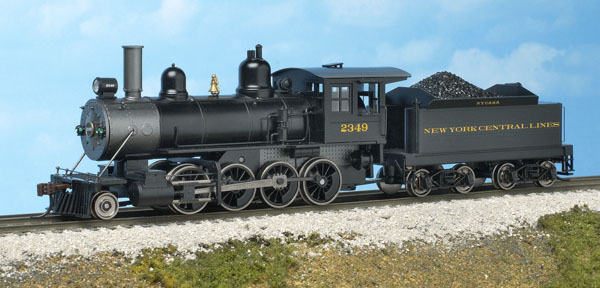
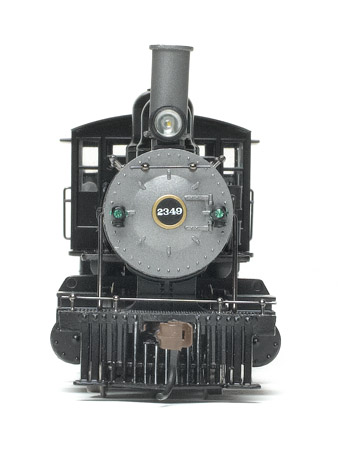

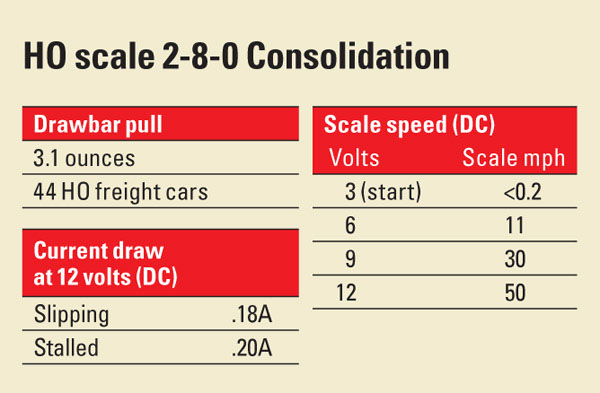

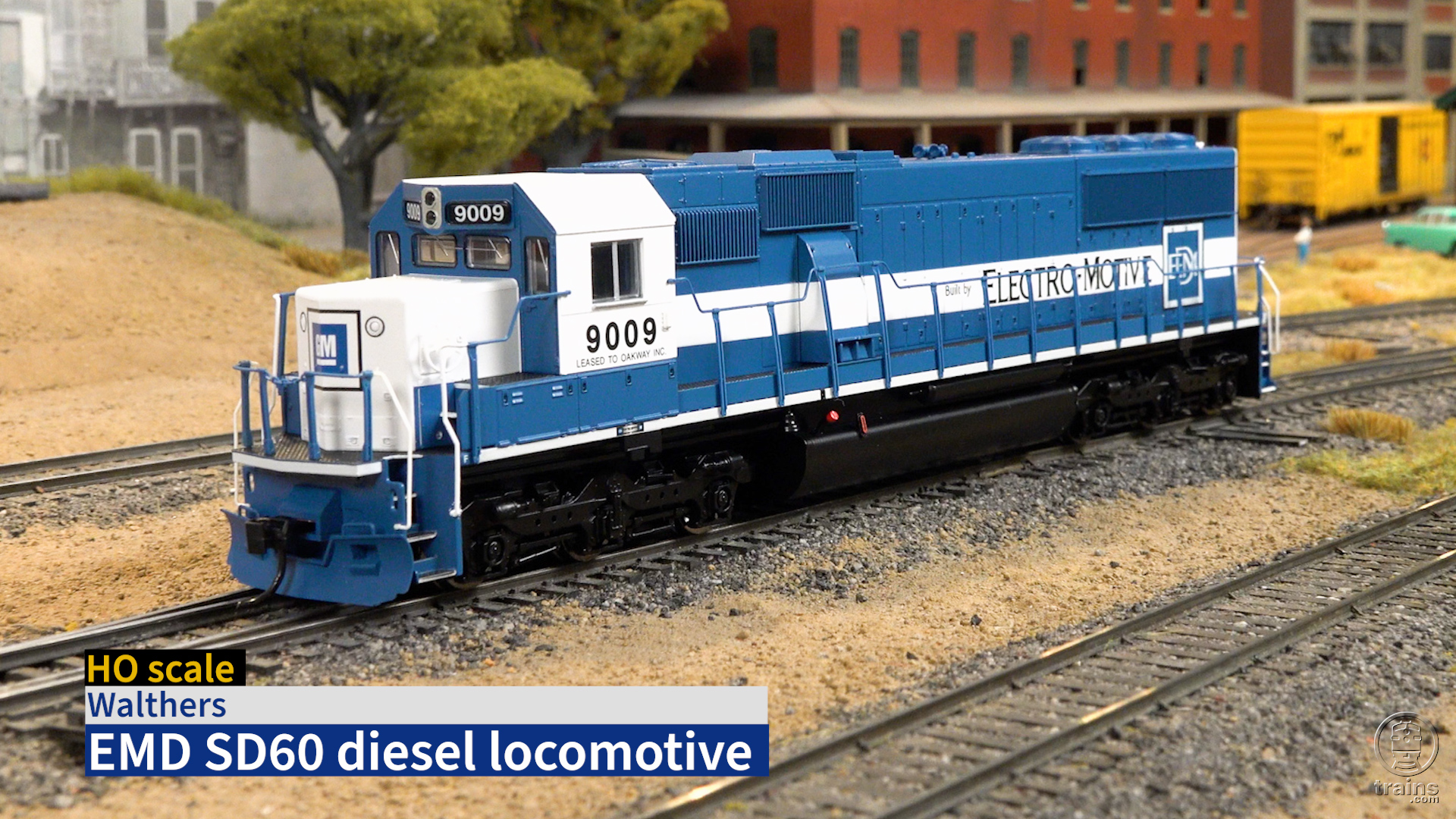
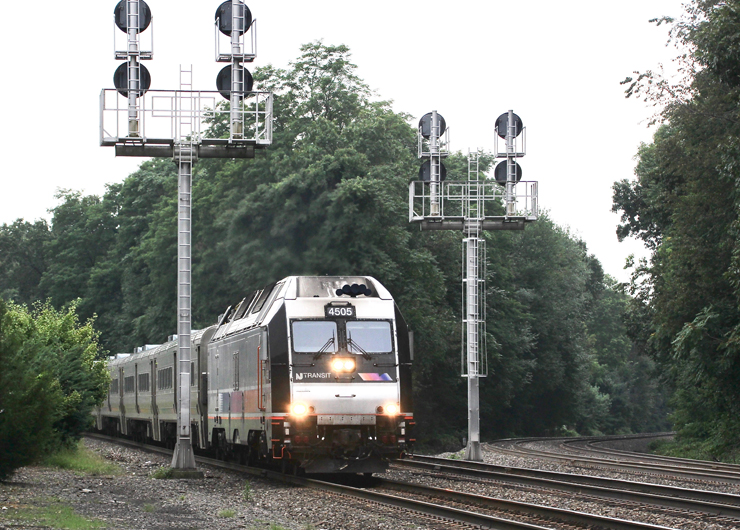

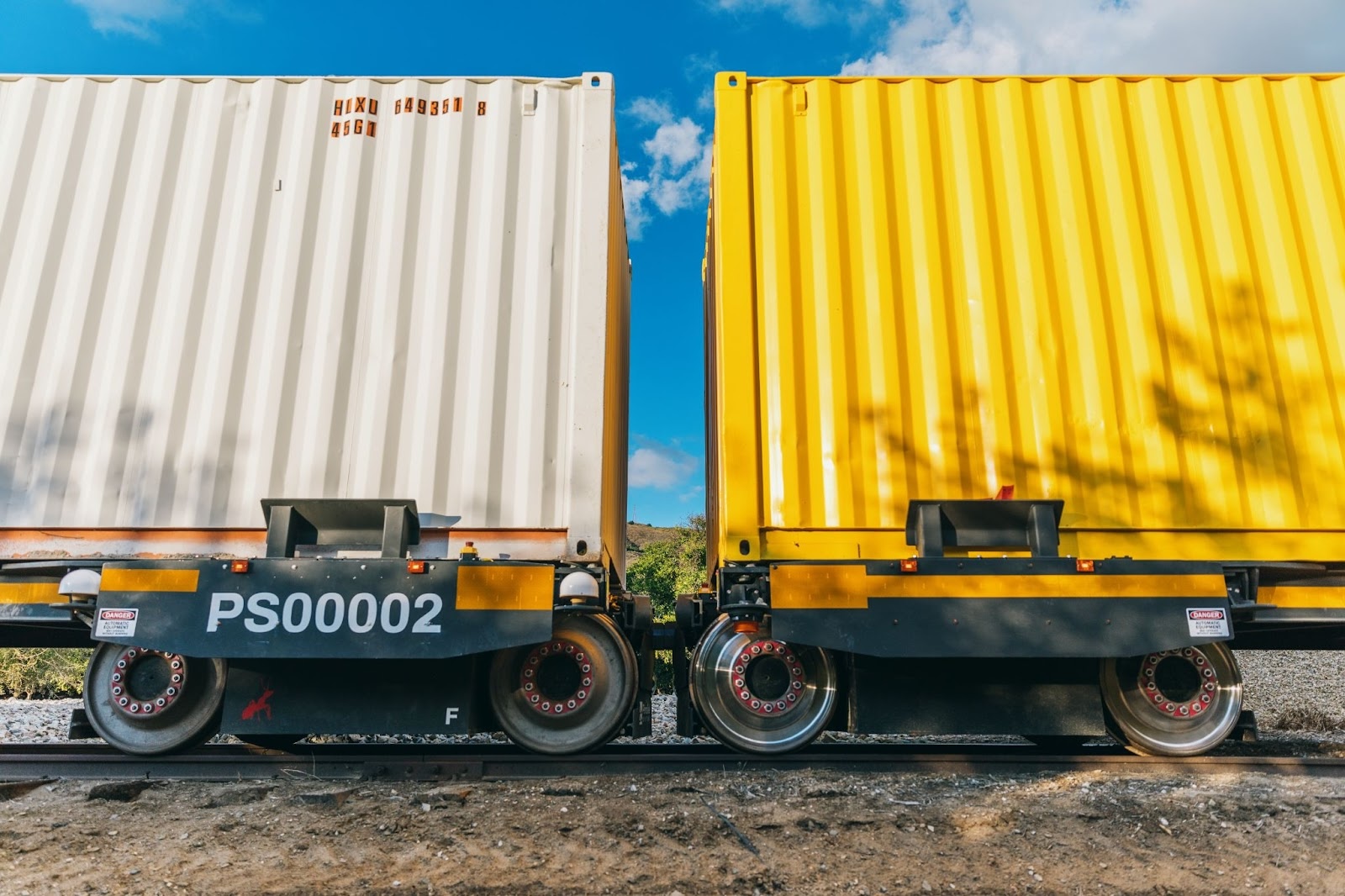




Correct, this is not your father's Roundhouse 2-8-0. This loco is much better. Motor is smooth with flywheel. Ran very well in DCC mode. Boiler is smaller and more to scale and looks like the old HOn3 MDC 2-8-0s, (which looked a little big for a narrow gauge C-25) So this size is perfect. Stock DCC unit is fine, but I added a Digitrax PS144 sound decoder. The factory holes in the tender floor made speaker placement a snap. This may well be one of the best valued HO 2-8-0s on the market. It blends an old-time heritage MDC loco with modern manufacturing methods. WINNER!
Does anyone know the diameter of the driving wheels?
Unfortunately only 3 of the mentioned Road names are available at the time of the article. The rest have been sold out over previous years and there's no mention of another run of the sold out units
Can anyone compare the new run to the last one Roundhouse did? I'm thinking of adding one to the fleet but don't have to and wouldnt mind saving the $ if there are no improvements.
Can anyone compare the new run to the last one Roundhouse did? I'm thinking of adding one to the fleet but don't have to and wouldnt mind saving the $ if there are no improvements.
I've just bought one in Canadian Pacific livery for my 1890 era CPR in Algoma Mills layout. Locomotive is very nicely detailed and runs beautifully… very smooth and quiet at all speeds. I'm still working with an old mute DC power supply, so it is nice not to hear an electric motor whining around the layout.
A traction tire, "blown" within the locomotive's first 10 laps around my 40 foot mainline, was replaced… mailed out immediately without question by Athearn. That's the kind of customer service I appreciate.
I have a ATSF version of this same loco. Very smooth and quiet. Just for fun, I added scale Kadee couplers to the engine and tender and changed the front pilot wheels to 28" metal wheels. Looks great and runs great. It doesn't get much better than this.
Why not Unlettered version and a change from coal to Bunker C.
Why not Unlettered version and a change from coal to Bunker C.
As usual a consise well written article about a well made model. I have a few of the early models which are great runners.
Great model!! I have to old 2-6-0 with sound. By any chance, does anyone know why they did not put sound decoders in the new 2-8-0s?
Thanks
I think this a great little loco. I,ve had three of these in the
past and have had much fun with them. Can't wait to get my
hands on
one of these rebuilt one's.
I think this a great little loco. I,ve had three of these in the
past and have had much fun with them. Can't wait to get my
hands on
one of these rebuilt one's.
Super love the oldtime steam engines and freight and passenger equipment! Now they need to bring back the old geared locos like the two truck shays! I model in the 1930 era. Keep up the good work.
n scale version, PLEASE!
Good to see it make a comeback. It sure would be nice to see this in kit form again. I built a couple of their kits and enjoyed it thoroughly. I'm sure a new generation would enjoy it as well.
Good to see it make a comeback. It sure would be nice to see this in kit form again. I built a couple of their kits and enjoyed it thoroughly. I'm sure a new generation would enjoy it as well.
I've used the previous MDC kits as a basis for conversion to Colorado Midland prototypes. This looks like a better model in terms of pulling power. I'll check into this version for my layout. My biggest problem will be recovering the weight lost by replacing the boiler.
I've used the previous MDC kits as a basis for conversion to Colorado Midland prototypes. This looks like a better model in terms of pulling power. I'll check into this version for my layout. My biggest problem will be recovering the weight lost by replacing the boiler.
I own three of these beauties. All running smoothly, 24 x 7. Although somewhat of a 'plain jane' model, in terms of detail, it provides the modeler a great base on which details can be added. Hoping Athearn / Roundhouse releases more old-time freight & passenger cars again.